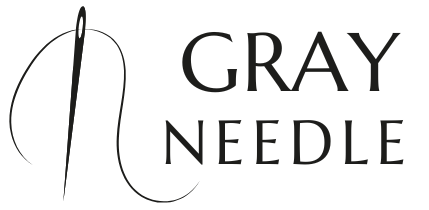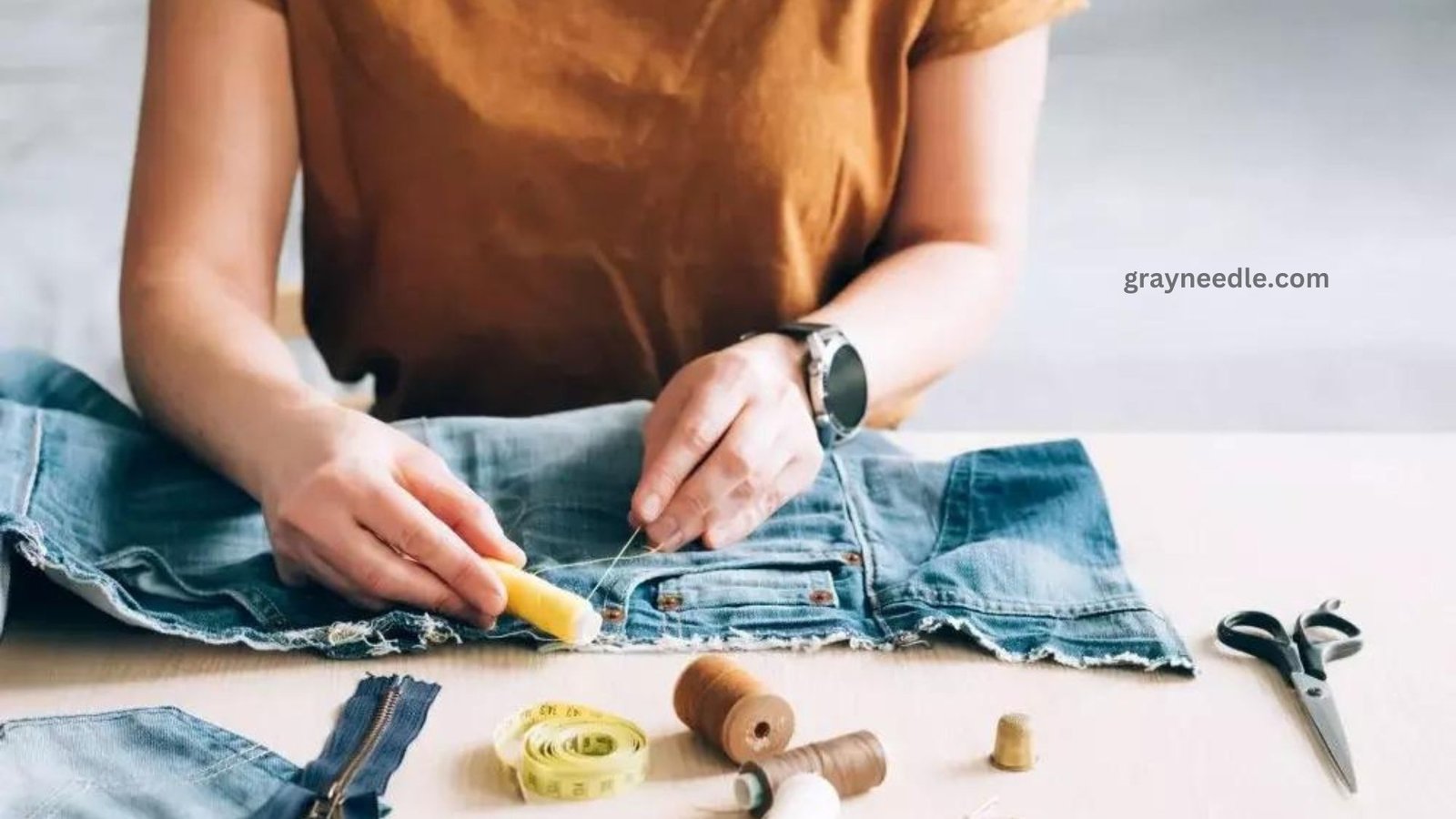The majority of people are aware of recycling, but what about the process of upcycling clothing? Upcycling, often known as “creative reuse,” is the act of taking an object and turning it into something new, whereas recycling is gathering resources and processing them to make new items. Unbelievably, 81 pounds of clothes and home textiles are thrown away annually each person in the United States, accounting for 6.3% of the waste stream. Almost 95 percent of these discarded textiles and articles of apparel are recyclable and reusable.
What is upcycling old clothes?
Giving clothing a second chance at life is what upcycling is all about! It all comes down to repurposing old or outdated clothing to create something chic and new instead of throwing it in the garbage. It’s a clever method to cut waste and make one-of-a-kind, customized items. Consider it a stylistic revamp for your wardrobe!
What is the main purpose of upcycling?
Upcycling’s primary goal is to revitalize outdated or discarded objects by turning them into something better or more valuable. It’s similar to turning “trash” into treasure while encouraging sustainability and lowering waste. By lowering the demand for fresh raw materials and the environmental impact of conventional disposal methods, upcycling clothing concepts not only releases creativity but also promotes a more environmentally friendly lifestyle. It benefits the earth and your creative expression in equal measure!
What materials are used for upcycling clothes?
Ideas for upcycling clothing are a great way to give worn-out items a new lease on life and support sustainable design. Depending on the upcycler’s imagination and resourcefulness, the materials used can differ greatly. This is an extensive list of items that are frequently used in the craft of upcycling:
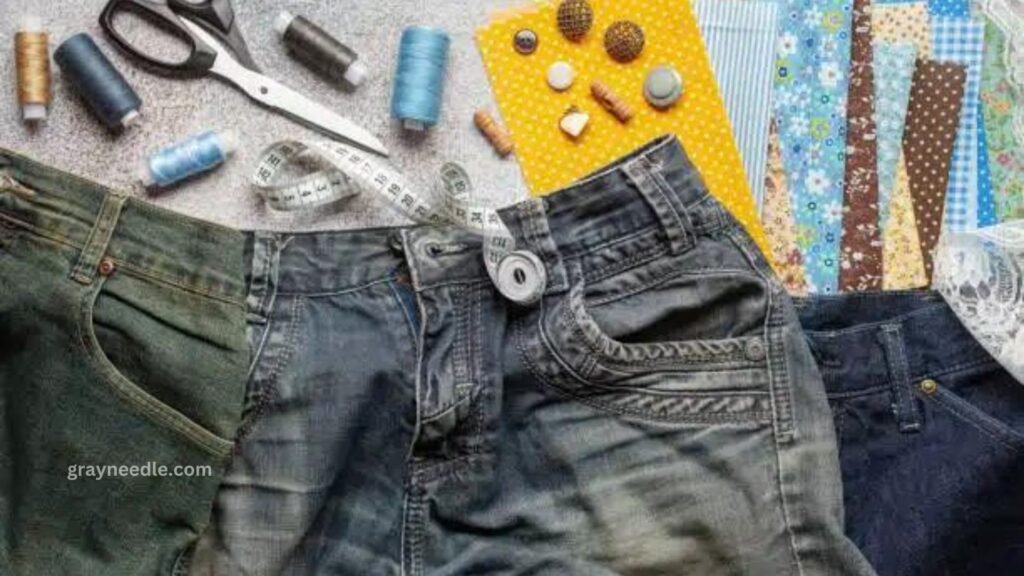
Old Clothing:
Upcycling frequently uses used clothing as its main source material. Upcycling projects use used clothing as a raw material, whether it’s an outdated dress, a t-shirt, or jeans.
Fabric Scraps:
Patches, appliques, or even whole new clothing items can be made out of leftover fabric from past sewing efforts or used bed linens.
Buttons and Zippers:
Reusing buttons and zippers from old clothes is an affordable method to give upcycled items practical and adornment.
Denim:
Upcycling old jeans is a common option. The durable denim material may be made into coats, purses, and even pillows and other household accents.
Bed Sheets and Linens:
You can make dresses, skirts, or shirts out of old bed linens that have intriguing prints or textures.
Scarves and Ties:
Unused ties and scarves can be made into belts, headbands, or even unusual decorations like straps or ornaments.
Sweaters and Knits:
You may make whole new things by unraveling the yarn from old sweaters or knits. You can use the yarn to knit or crochet something original and new.
Leather and Suede:
Use old leather bags or jackets to make accessories like wallets and keychains, or disassemble them to make patches or appliques.
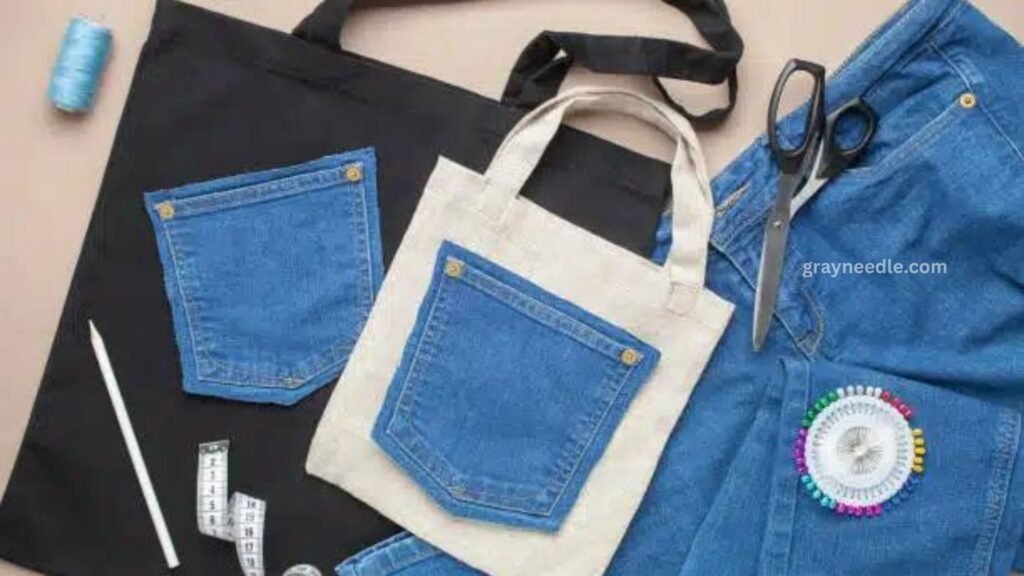
Lace and Trim:
Upcycled designs gain a sense of beauty from the addition of salvaged lace or ornate trims from vintage clothing. They can be utilized as trim for hems, cuffs, and collars.
T-Shirts:
Old t-shirts can be used for much more than simply their original purpose. They can be cut into strips for producing accessories or braiding carpets, or they can be converted into yarn (tarn) for knitting or crocheting.
Bottle Caps and Tabs:
Bottle caps and tabs can be upcycled into buttons, ornaments, or even one-of-a-kind jewelry pieces for a more unusual look.
Also Read: Tips for Achieving Professional Looking Topstitching
Embroidery Thread:
Repurposed items can benefit from the addition of embroidery to give simple textiles a fresh look. You can find old embroidery floss or thread in a number of locations.
Plastic Bags:
Plastic bags can be fused together to make a distinctive, water-resistant fabric for bags or accessories, according to the realm of avant-garde upcycling.
Ribbon:
Extra ribbon or leftovers can be utilized as bows, trimming, or straps for clothes, among other decorative uses.
Mismatched Socks:
Unpaired socks can be used as amusing hand puppets, phone covers, or even stuffing for handcrafted toys.
Upcycling’s versatility and capacity to transform nearly anything into something fresh and fascinating are what make it so beautiful. The secret is to tackle every component with an open mind and a dedication to sustainability.
Top 7 Easy Upcycling Clothes Projects
Upcycling yields mutual benefits. You can reduce trash, make unique, environmentally friendly items, and save money by using upcycling clothing ideas. All you need to get started is a little bit of imagination and some old clothes. Continue reading for our list of the best 7 simple ideas to use your branded clothing in novel ways.

Change The Color
Changing the color of your old clothing can drastically transform it, whether it’s something old that has faded over time or something that has a stain on it. Many excellent upcycling clothing tutorials are available online that show you how to tie dye, dip dye, or completely dye your clothing using fabric-safe dyes. Repurposing old clothing is an excellent method to breathe new life into it without needing to buy new.
Patch or Embroider It
Consider applying patches or embroidery to your old clothing to fix minor tears, holes, and flaws. Repurpose clothes you no longer wear and give your belongings some style and individuality!
Create Reusable Tote Bags
You can find countless simple guides online for upcycling unwanted clothing into reusable tote bags by conducting a quick search for “upcycling clothes ideas.” Bonus: By removing the need for plastic or paper bags while you shop, your eco-friendly tote will reduce waste!
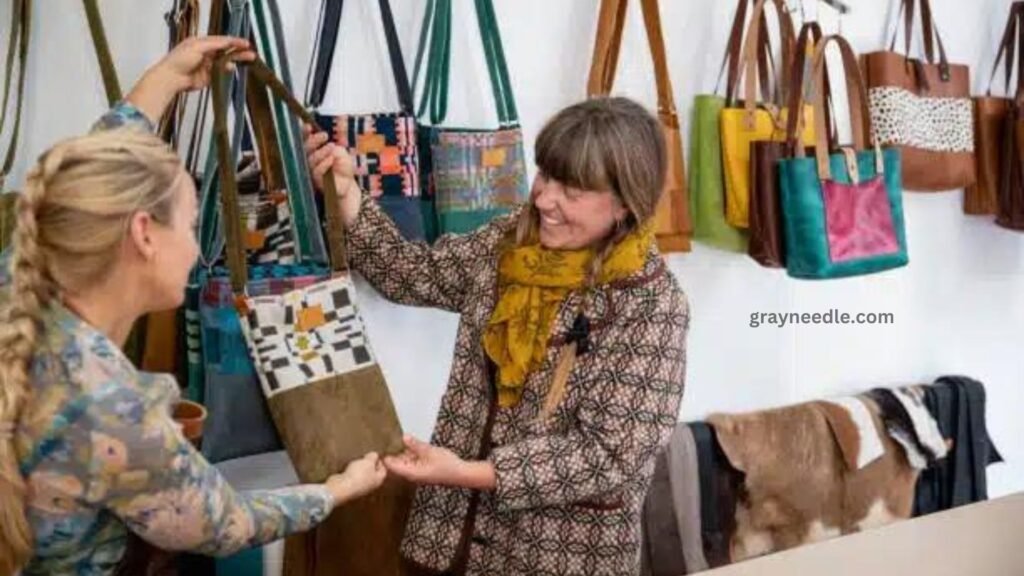
Make Cleaning Cloths
Reusable towels for home cleaning can be made from old clothes that are too worn out to wear. Once your clothes are cut into squares or rectangles, you can utilize them. Just wash them when they get filthy and use them once more. The best material for this is old cotton clothes because it absorbs liquid well; mixtures of cotton and polyester also work well.
Create a Throw Pillow
Making a pillow out of old clothes that are gathering dust in your closet is another inventive way to put them to use. Jackets and blouses with loads of fabric are excellent options for these kinds of upcycling clothing projects, and a short search online will turn up a ton of DIY tutorials showing you how to turn your unwanted garments into an interesting and sustainable throw pillow.
Create Fabric Gift Wrapping
Cut your old clothes into squares and use them to wrap your presents using fabric-wrapping techniques to save money on gift wrap. To tie it with thread or ribbon, simply fold it over your gifts, gather the edges, draw it up, and secure. This not only reuses your old clothing but also makes a lovely present.
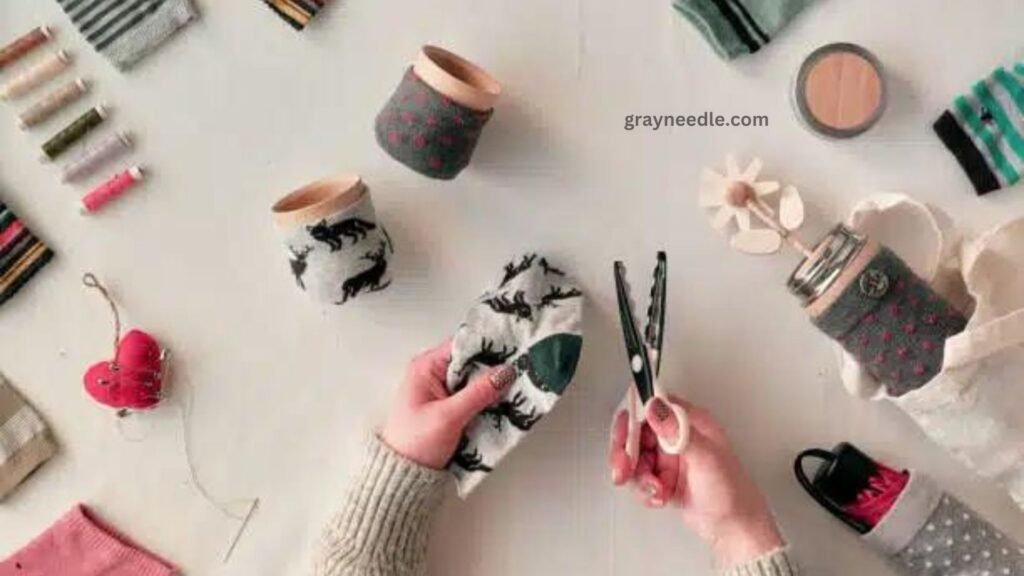
Create Reusable Food Wraps
Additionally, you may make reusable beeswax food wraps out of your old clothes. When the beeswax shreds are ironed onto the fabric, the food wrappers are ready to use; simply let them dry. The best materials to use are 100% cotton, hemp, linen, or any thin-to medium-weight garment composed of fabric because these materials absorb beeswax well. For this project, an old, branded cotton t-shirt is a great option!
Get Started with Upcycling
Upcycling clothing ideas turns objects that might have otherwise ended up in the trash into new, valuable products. to gain more knowledge about the inventive and imaginative processes used to upcycle used clothing into new items. Visit our blog for examples of upcycling clothing, where we showcase businesses and groups that recycle electronics, billboard vinyl, and scrap metal to create new things.
Through partnerships with recycling and humanitarian groups both domestically and abroad, SwagCycle assists businesses and organizations in cutting waste while promoting good causes. Find out more about SwagCycle and how we can assist your business or organization in recycling, donating, and repurposing your outdated branded items.
